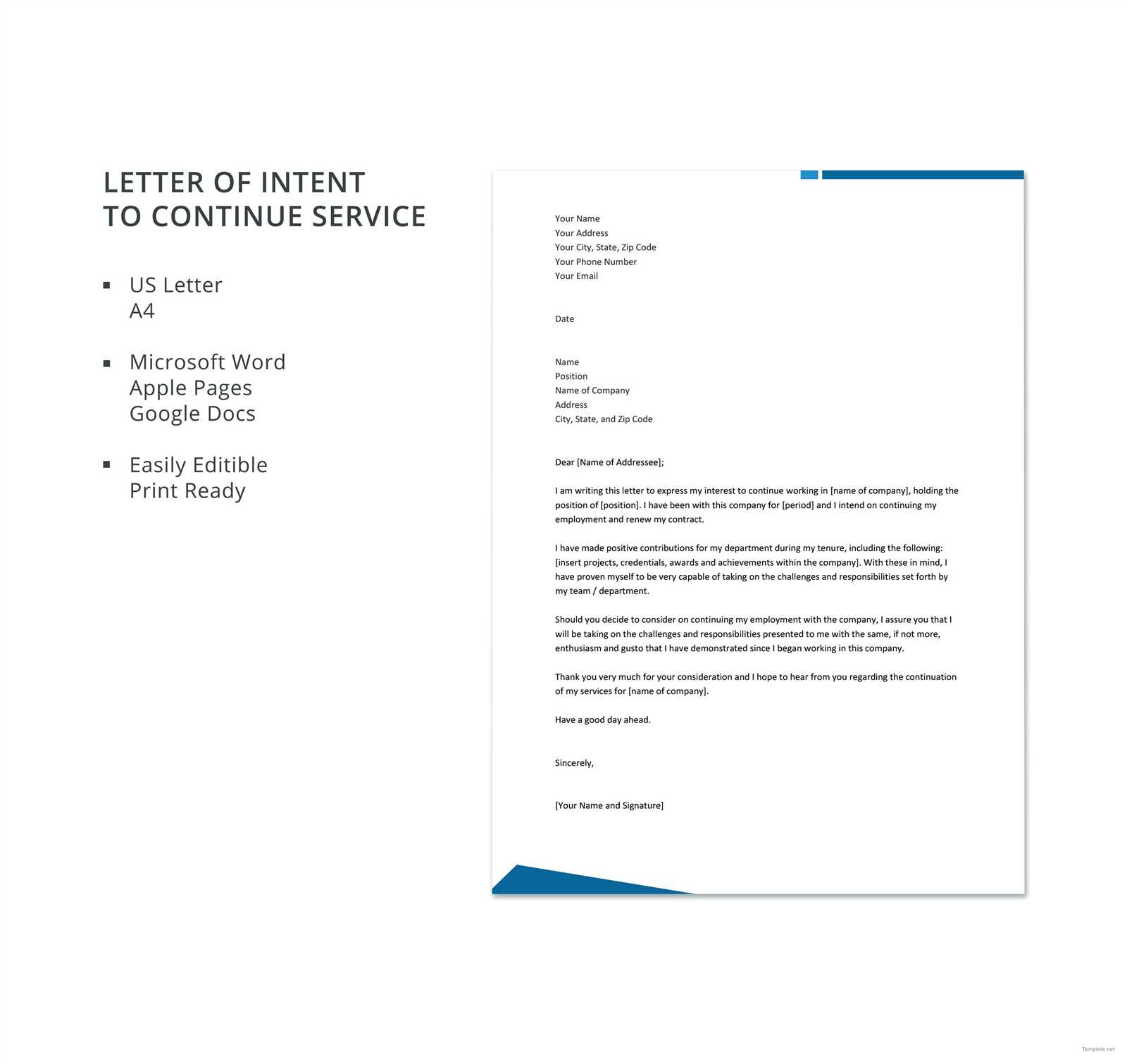
htmlEdit
For individuals pursuing a career in the maritime industry, proving their professional experience is crucial. One of the essential documents for mariners is a written confirmation of their work aboard vessels. This document serves as a verified record of their duties and the time spent at sea, essential for certifications and career advancement.
Understanding the contents of this document is fundamental for ensuring its effectiveness. It must clearly outline the periods of employment, the roles undertaken, and the types of vessels worked on. Accurate and detailed information not only helps in obtaining necessary qualifications but also aids in career progression by establishing a mariner’s credibility.
Obtaining a properly formatted document can streamline the process of applying for maritime qualifications. The document must follow specific guidelines to meet regulatory standards, making it a crucial tool for any mariner seeking to advance in their profession.
htmlEdit
Understanding Its Importance for Mariners
For maritime professionals, proving their on-board experience is essential for advancing in their careers. This documentation acts as a formal recognition of their time and responsibilities on vessels, serving as a foundation for acquiring necessary qualifications. Without this written verification, mariners may face difficulties in meeting industry standards or pursuing further training opportunities.
Moreover, this document plays a pivotal role in the licensing and certification process. Regulatory authorities require accurate proof of employment at sea before issuing or renewing professional credentials. As such, having a reliable record of past work is crucial for maintaining compliance with maritime regulations.
In addition to its role in certification, this verification also supports mariners when applying for new positions. Employers often request detailed proof of past experience to assess the qualifications of potential candidates. Therefore, maintaining an accurate and thorough record is key for long-term career growth and opportunities.
htmlEdit
Key Components of a Maritime Experience Document
A well-structured record of professional experience at sea is vital for mariners. This document must contain specific details to ensure it meets industry standards and is accepted by licensing authorities. The following elements are crucial for a comprehensive and valid document:
- Personal Information: The mariner’s full name, date of birth, and identification number should be clearly stated.
- Vessel Information: Details about the vessels the mariner worked on, including the vessel’s name, type, and registration number.
- Employment Dates: Accurate start and end dates for each period of employment on board should be provided.
- Position and Duties: A description of the mariner’s role on the vessel and the specific tasks they performed during each assignment.
- Sea Time Duration: The total time spent on board each vessel, broken down into days, months, or years.
- Signature and Verification: The document must be signed by the employer or an authorized representative to confirm its authenticity.
Each of these components ensures that the document is detailed, accurate, and valid for certification purposes. Without these elements, the record may be incomplete or rejected by authorities.
htmlEdit
What Information Should Be Included?
For a document confirming professional maritime experience to be valid, it must contain several key pieces of information. Each section should be carefully filled out to provide a complete and accurate representation of the mariner’s background. Including the right details ensures the document is accepted for certification and employment purposes.
Personal and Employment Details
Start by including the mariner’s full name, date of birth, and identification number. Additionally, it should list each period of employment on a vessel, including specific start and end dates. Clearly stating the position held during each assignment is also essential, along with a brief description of the tasks performed.
Vessel and Work Duration
The document should provide clear details about the vessels the mariner worked on, including their name, type, and registration number. It’s important to note the total time spent on board each ship, broken down into months or days, depending on the type of work. This helps regulatory bodies and employers assess the mariner’s qualifications more accurately.
htmlEdit
How to Request a Maritime Experience Confirmation
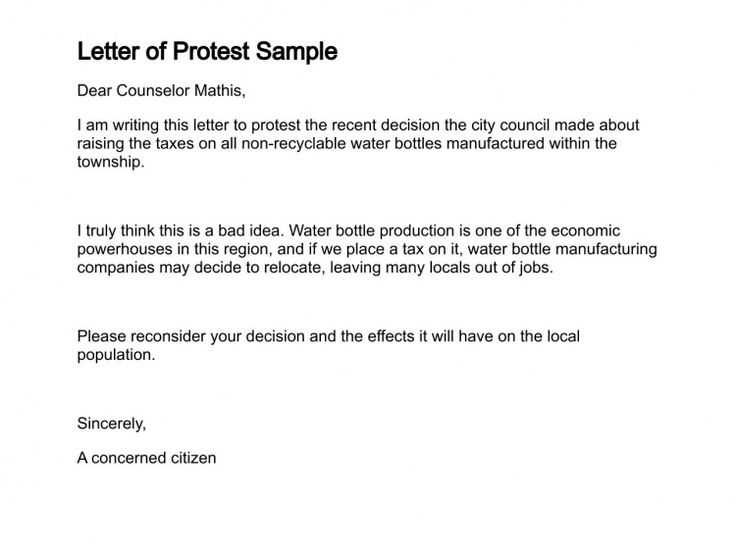
Obtaining official documentation that verifies your professional time spent at sea is an essential step for advancing in the maritime industry. This process requires careful attention to detail to ensure that all necessary information is included and that the request is submitted correctly to the appropriate authority.
Contacting Your Employer
The first step in obtaining this document is to reach out to your current or former employer. Most employers in the maritime industry have procedures for issuing these records. It’s important to provide them with all necessary details, such as your full name, dates of employment, and the vessels you worked on, to help them prepare the document accurately.
Submitting the Request
Once you’ve contacted your employer, submit a formal request in writing. Be clear about the dates and specific roles you held during your employment. Some organizations may require additional forms or documentation, so ensure you follow any guidelines provided. After submission, allow adequate time for the document to be prepared and verified before receiving it.
htmlEdit
Steps for Obtaining Your Document
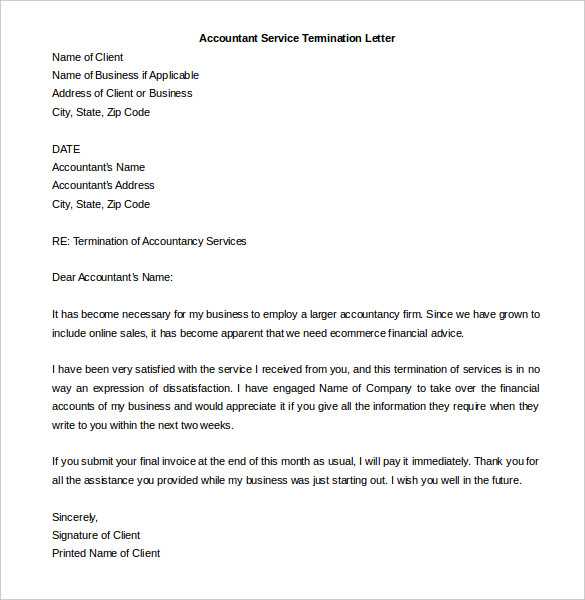
Acquiring an official record of your maritime experience requires following a systematic process to ensure the document meets all necessary standards. By carefully completing each step, you can obtain an accurate and legally recognized record of your time spent at sea, which is essential for certification and career progression.
The first step is to contact your employer or the relevant maritime authority to request the document. Be sure to provide detailed information, such as your full name, the vessels you worked on, and the dates of your employment. Clear communication will help avoid delays and ensure that all relevant data is included.
After making the request, review the document once it is prepared. Check that all details, such as the dates, vessel names, and job roles, are correct. If any information is missing or inaccurate, notify the issuer for corrections. Finally, ensure the document is signed and officially verified to meet the required standards.
htmlEdit
Formatting Tips for Maritime Experience Documents
When preparing a formal document to verify professional experience aboard vessels, proper formatting is crucial. A well-organized document not only looks more professional but also ensures that all required information is easy to locate. Adhering to certain formatting guidelines can significantly enhance the document’s effectiveness.
Key Formatting Guidelines
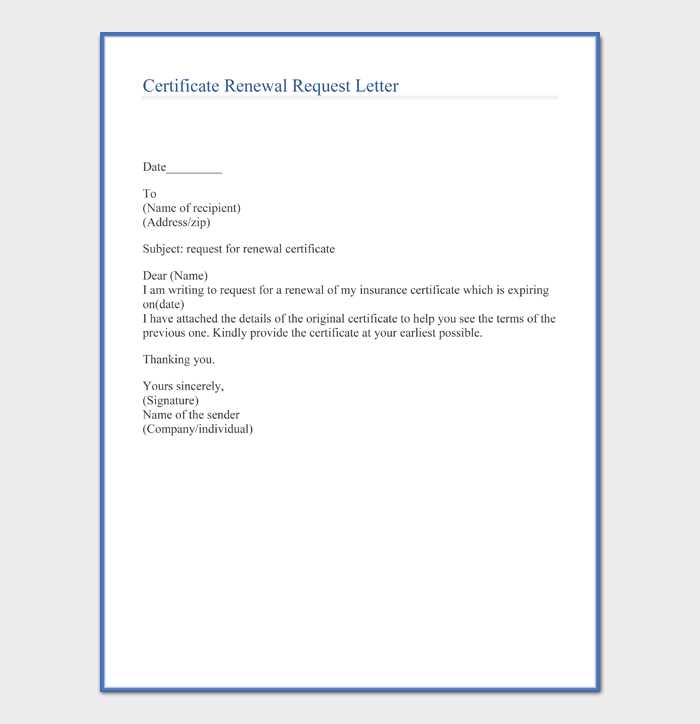
- Clear Structure: Ensure the document is organized in a logical order, with each section clearly labeled for easy navigation. Start with personal information, followed by employment details, vessel information, and finally, the verification and signature sections.
- Readable Font: Use a standard, professional font such as Arial or Times New Roman, with a font size between 10 and 12 points. This ensures clarity and readability.
- Consistent Dates: Ensure that all dates are presented in a consistent format, such as “DD/MM/YYYY” or “Month Year”, to avoid confusion.
- Bullet Points: Use bullet points or numbered lists to highlight key responsibilities, vessels, and dates, making the document easier to read and reference.
Additional Formatting Considerations
- Proper Margins: Maintain standard margins (1 inch on all sides) to ensure the document looks neat and professional.
- Signatures: Leave space for signatures at the end of the document, and ensure it is signed by an authorized representative to confirm its validity.
- Proofreading: Before submitting, thoroughly proofread the document for spelling and grammatical errors to ensure professionalism.
htmlEdit
How to Ensure Correct Presentation
When preparing a document to confirm maritime experience, ensuring that the content is presented clearly and professionally is essential. A well-organized and properly formatted document is key to making a positive impression and ensuring its acceptance by relevant authorities and employers.
Professional Formatting Practices
Proper presentation begins with the layout. Keep the document neat and structured by following standard formatting guidelines, such as consistent margins, font size, and spacing. Each section should be easily distinguishable, with relevant details clearly outlined. Using tables to organize complex data, such as employment history or vessel details, can also enhance readability.
Accurate and Consistent Information
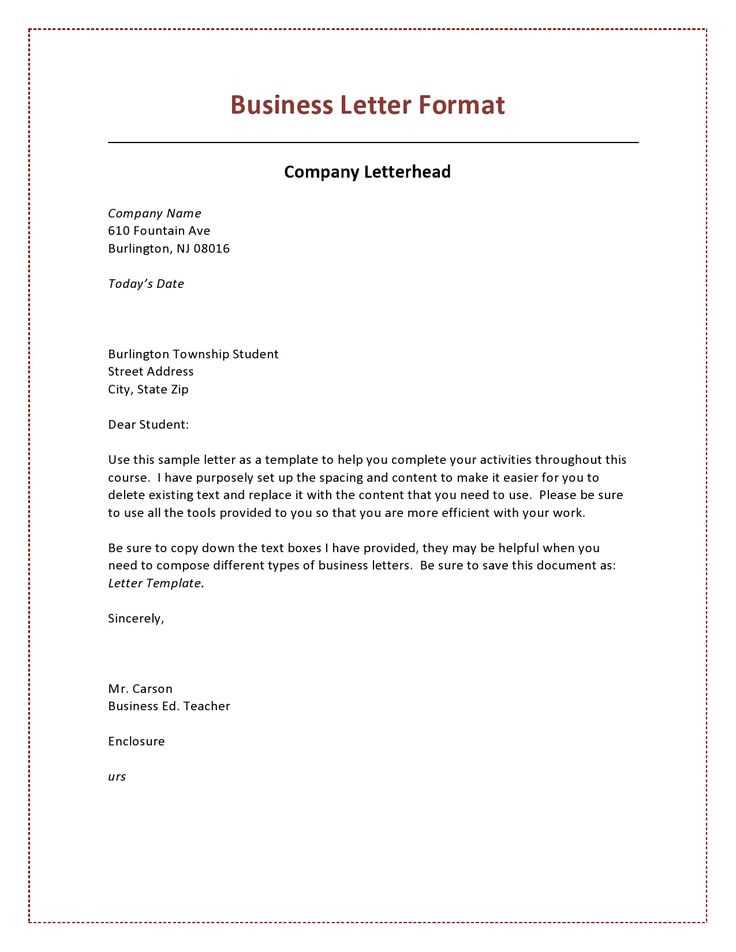
Ensure that the data included is both accurate and consistent. Double-check the dates, vessel names, and roles to confirm there are no discrepancies. Consistency in formatting, such as the use of bullet points for key tasks and duties, helps the reader quickly locate essential information.
| Vessel Name | Role | Start Date | End Date |
|---|---|---|---|
| Vessel A | Captain | 01/01/2020 | 12/31/2021 |
| Vessel B | First Officer | 02/01/2022 | Present |
Finally, make sure to proofread the document for any errors or inconsistencies before submission. A well-prepared and accurate document reflects professionalism and enhances your credibility in the maritime industry.
htmlEdit
Common Mistakes to Avoid
When preparing a document to confirm your maritime experience, it’s crucial to avoid common errors that could compromise its validity or professional appearance. Ensuring that all required details are accurately presented can make the difference between a successful submission and unnecessary delays.
Inaccurate or Incomplete Information
One of the most frequent mistakes is providing incorrect or incomplete data. Double-check all personal details, vessel names, and dates of employment. Any discrepancies can cause confusion and may lead to rejection or requests for further clarification.
Neglecting Proper Formatting
Formatting is key to ensuring that the document is easy to read and looks professional. Avoid cluttering the document with excessive text or poor organization. Instead, use clear sections and lists to organize your information. Ensure that the document is free from spelling and grammatical errors, as these can create a negative impression.
Additionally, it’s important to ensure consistency across the document. This includes using the same date format, clear headings, and aligning the text properly. Any inconsistencies can make the document appear unprofessional and may hinder its acceptance.